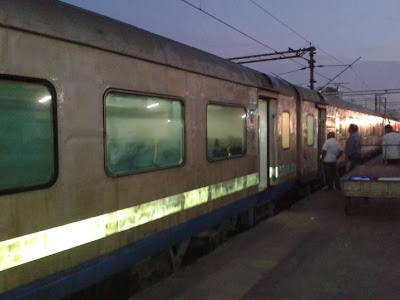Vasai-Virar is a city in Maharashtra state in western India. As per 2011 census this is the fifth largest city in Maharashtra. It is located in Thane District, 50 km north of Mumbai. The city is located on the north bank of Vasai Creek, part of the estuary of the Ulhas River. The two government bodies in Vasai-Virar town are Vasai-Virar City Municipal Corporation (VVMC) and Grampanchayat.
Vasai-Virar is an agglomeration of several formerly separate towns. The area covered by the city roughly corresponds to the ancient city of Sopara.
Transport
The Major Railway Stations on Western & Central Railway in Vasai-Virar Town are
Vasai-Virar is an agglomeration of several formerly separate towns. The area covered by the city roughly corresponds to the ancient city of Sopara.
Transport
Railways
Vasai-Virar Town is Connected by Western & Central Railway.The Major Railway Stations on Western & Central Railway in Vasai-Virar Town are
 |
| Virar Railway Station |
- Virar Railway Station (Western Railway): All Local, DMU Train, Memu, Shuttle, Express & Passenger Trains halt or Depart from here.
- Nallasopara Railway Station (Western Railway) : All Local DMU & Memu halt here.
- Vasai Road Railway Station (Western / Central Railway) : Vasai Road Railway Station is a Junction.
- All Local, DMU, Memu, Shuttle, Express & Passenger Trains halt or Depart from here.
- Naigaon Railway Station (Western Railway) : All Local Trains halt here.
- Juchandra Railway Station (Central Railway) : All DMU & MEMU halt here.
- Kaman Road Railway Station (Central Railway) : All DMU & MEMU halt here
















































